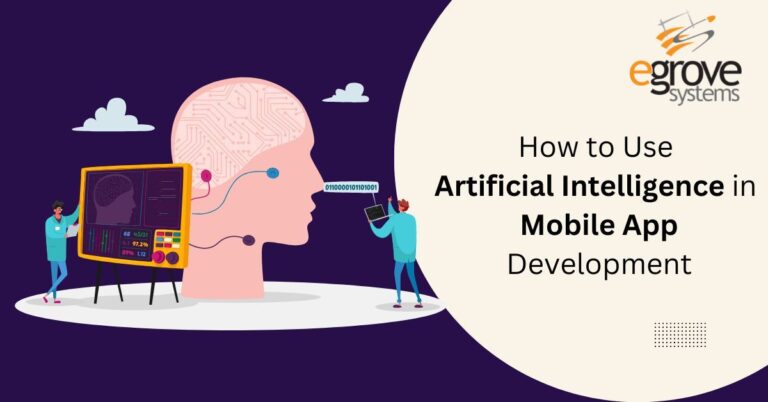Even though machine learning and AI have been existing for years now, they still feel new to people. Technology is evolving at a fast pace. This has introduced us to more advanced and better learning algorithms than we’ve seen till now.
The best example is deep learning. TensorFlow is one of the most crucial tools of deep learning. It is a cross-platform model that allows you to write codes in Python. All the nodes and tensors in this open-source AI library are Python, but the mathematical operations are performed in C++.
TensorFlow is used for mathematical computation and machine learning, allowing people to build neural networks. Let’s take a quick look at the top uses of TensorFlow in Application Development using Python.
Sound Recognition
The most common use of TensorFlow in AI application development is sound recognition. If it’s fed the right data, neural networks can identify different audio signals effortlessly. This sound recognition feature makes TensorFlow capable of replacing the customer service agents. With the help of their voice search and voice recognition abilities, TensorFlow can direct customers to the information they are looking for quicker than any customer service agent. It’s used in voice-based assistant services, such as Siri and Google Now.
Text-based Applications
TensorFlow is also used in text-based applications, including fraud detection and threat detection. You must have seen or used Google Translate, which is the most popular software service for translation. It can translate your text into more than 100 languages in seconds. That’s one of the common applications of TensorFlow. The upgraded version of the system can be used to translate the text with jargon into a simple language, especially legal documents that are hard to read.
sequence-to-sequence learning is another area that’s trending lately. Google had found out that this method can make the summarization of short texts easier. This method is mainly used for producing headlines for news articles or summarizing short paragraphs so that people can understand the concept easily. The latest use of TensorFlow is the SmartReply function. The technology can be used to generate automated responses for emails, although this needs to be upgraded.
Read also: How Python Integrates with other Technologies and Third-party Providers
Image Recognition
Image recognition identifies objects and people in particular images. TensorFlow’s image recognition system can be used to identify objects in large photos. It can also understand the context easily. The most common use of image recognition technology is in the engineering industry. It helps you recognize different shapes for construction purposes.
TensorFlow is extensively used in the healthcare world where the software is capable of identifying more objects than humans. It has grown to a stage where it can identify more illnesses than its human counterpart. Social photo tagging also expands the use of image recognition. For instance, TensorFlow can analyze hundreds of thousands of flowers to identify a flower it may have never seen before. The goal is to review the objects in the images more clearly and in a better way than humans.
Video Detection
The neural data created in layers using python is also compatible with video detection. A few common applications of TensorFlow in video detection are thread-detection in gaming, motion detection, UX/UI fields, and so on. Experts have started working on YouTube-8M to speed up their research and data-processing on large-scale videos.
These were only to name a few. Being an open-source artificial intelligence library, TensorFlow is one of the flexible cross-platform networks that will introduce many innovations in the coming years. We are also expecting to see more use cases of this AI-powered technology, which will contribute to the growth of machine learning.







